Pixel Watch update and Quick Phrases bug
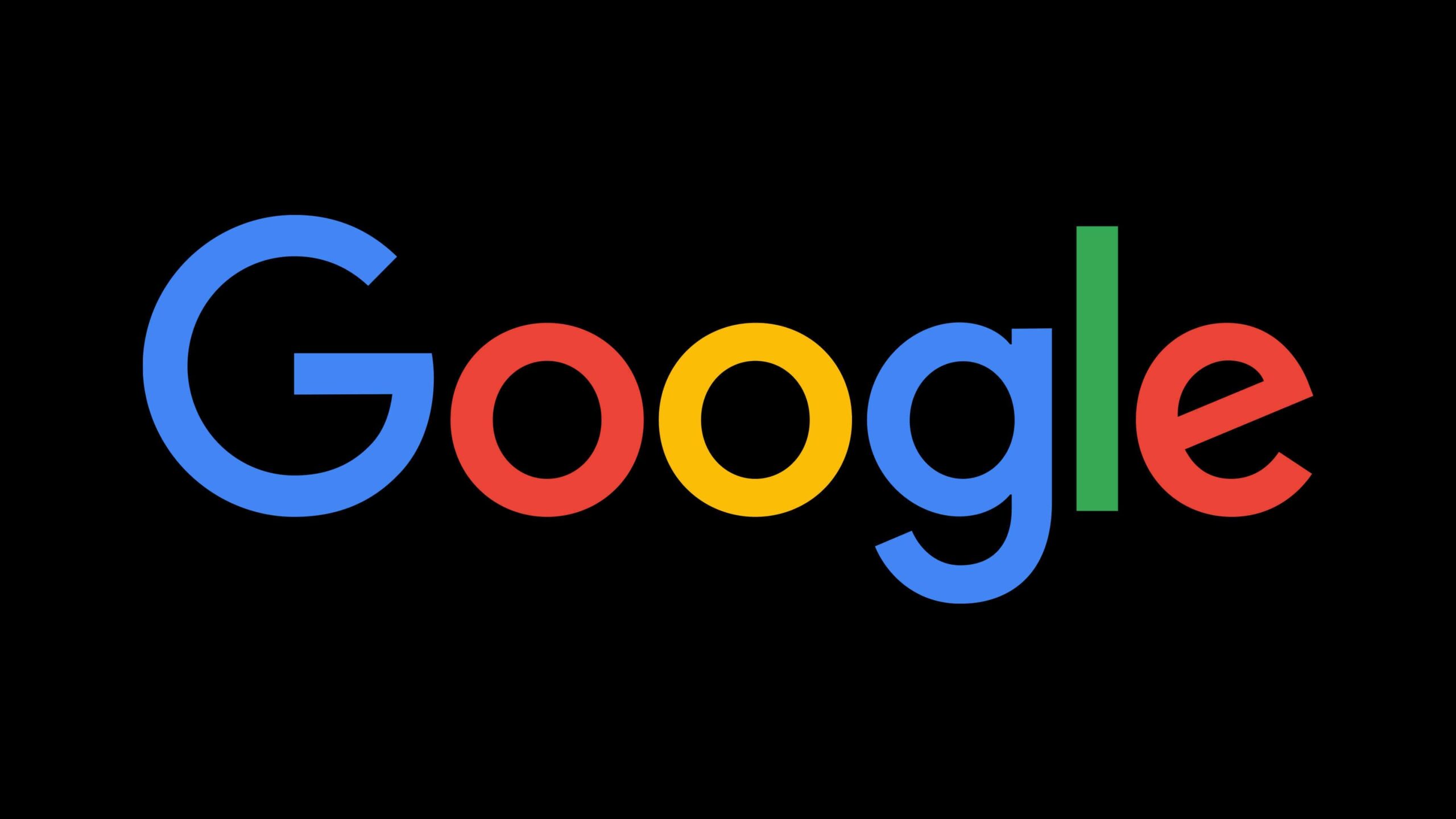
Google Pixel Watch’s New Concentric Face Still Missing, but Hints Appear Again
Google recently showcased an updated version of the Concentric watch face for the Pixel Watch, but it hasn’t officially launched yet. This refreshed design first appeared in October during the unveiling of the Pixel Watch 3 and features a ring of complications—something missing from the current fullscreen Dial I and Dial II layouts.
Last week, Google teased this updated Concentric face again during its Black Friday promotions, this time in always-on display (AOD) mode. The design appears nearly identical to the existing version but adds functionality for up to four complications.
Why the Concentric Face Matters
Complications are small widgets that display useful information, like weather, heart rate, or battery status. Adding these to the Concentric face transforms it from a purely aesthetic option to a more practical one, which could make it a favorite for daily use.
This isn’t Google’s first attempt at redesigning Pixel Watch faces. Earlier this year, they revamped the Track face and introduced new ones like Active and Field. While the Track redesign brought more complications, some users felt it strayed too far from Google’s Material You design philosophy.
The delayed release of the Concentric update, despite being shown months ago, is surprising. Some speculate it could arrive with the next Pixel Feature Drop. However, the recent random launch of the Performance Loop Band suggests Google’s rollouts can be unpredictable.
Google Assistant’s Quick Phrases Bug Frustrates Pixel Users
Meanwhile, a growing number of Pixel users are reporting issues with Google Assistant’s Quick Phrases feature. Introduced with the Pixel 6, Quick Phrases let you perform simple actions without saying “Hey Google.” For example:
- Say “Stop” or “Snooze” to control alarms and timers.
- Say “Answer” or “Decline” for incoming calls.
Recently, users have noticed that the on-screen Quick Phrases prompts—like “Say ‘Stop’ or ‘Snooze’”—linger even after the command is recognized. In some cases, the prompt appears randomly, sometimes after an alarm or while using apps like Gboard.
Troubleshooting and Workarounds
Users have tried disabling Quick Phrases under Google app > Settings > Google Assistant > Quick Phrases, but results are mixed. Restarting the phone temporarily clears the issue for some, but the problem often reappears.
Reports suggest the bug is present across multiple versions of Android, including stable Android 15, QPR1 Beta 3.1, and QPR2 Beta 1. It seems linked to the Google app itself, with both stable (version 15.46) and beta (15.47) versions being affected. Since Google Assistant is powered by the app, this is likely an app or server-side issue.
Quick Phrases: A Feature in Need of Updates
Since its launch, Quick Phrases haven’t received significant updates. The last major addition came a year ago, enabling call controls for the Pixel Buds Pro. This lack of updates and the recent bug underscore the need for Google to enhance and stabilize the feature.
What’s Next for Google Users?
- Pixel Watch Users: Stay tuned for the next Feature Drop, which could finally bring the updated Concentric face. In the meantime, new bands like the Performance Loop Band are available to enhance the watch’s functionality and style.
- Pixel Phone Users: If you’re experiencing Quick Phrases issues, temporary workarounds might help, but a fix will likely require a Google app update.
Google’s hardware and software ecosystem continues to grow, but these hiccups show there’s room for improvement in ensuring seamless updates and bug fixes.
Source – 9To5Google, 9To5Google
YouTube Music adds new feature to keep song volume steady
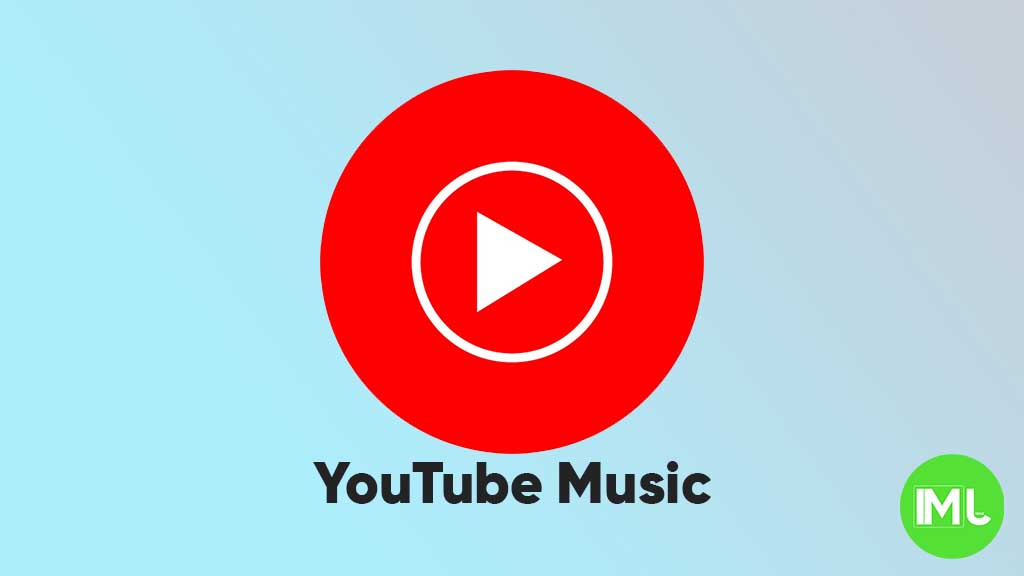
YouTube Music is rolling out a new feature called “Stable volume” to make your listening experience better. This option helps keep the sound level the same across all songs, so you won’t have to turn the volume up or down when switching tracks.
Sometimes, songs are louder or softer depending on how they were made. This new feature fixes that by adjusting each track so that all music plays at a similar volume. It’s especially useful when you’re using headphones or listening in the car.
You can find this option in the YouTube Music app by going to Settings > Playback & restrictions, where you’ll see a switch for “Stable volume.” It works for both free and Premium users, and it’s now appearing on Android devices (version 7.07 or later). iOS support may come soon, but it’s not available yet.
This is a welcome update, as many streaming apps like Spotify and Apple Music already have similar volume balancing tools. It helps make playlists and albums sound smoother and more enjoyable without constant volume changes.
So far, the feature is being released in stages, so you might not see it right away, but it should show up soon for everyone.
Android
Android 16 beta adds battery health info, Pixel Fold gets better at detecting opens and closes
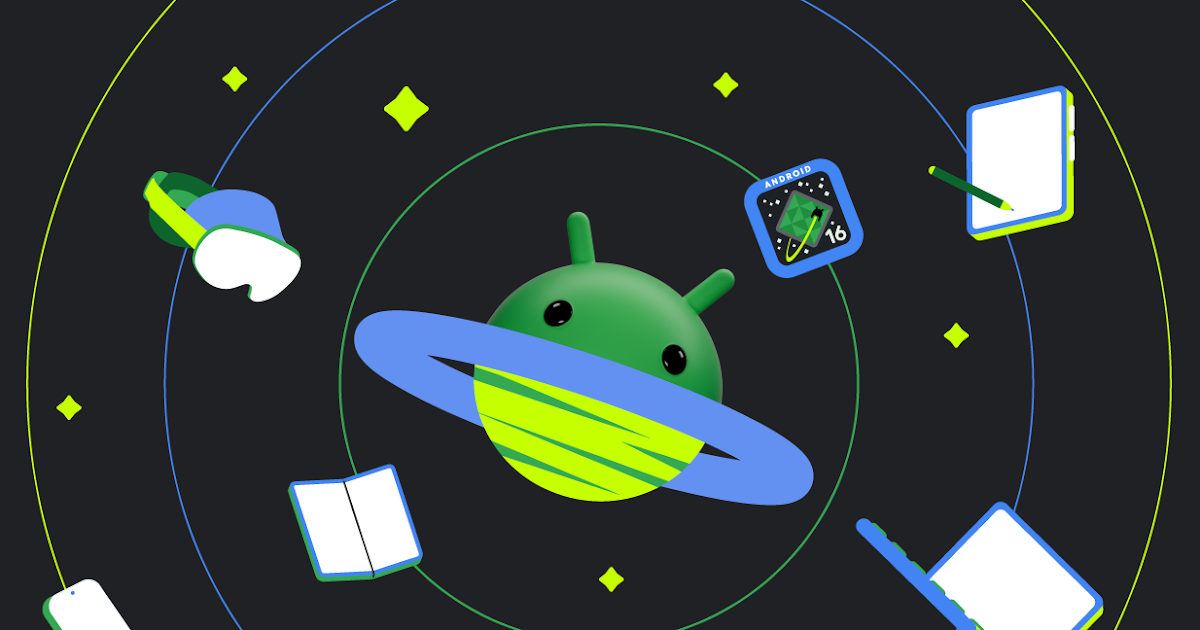
Google has released the Android 16 Beta 1 update for Pixel phones, and it brings some helpful new features. One of the key additions is battery health information, which is now available in the settings. Pixel users can now see the battery’s manufacturing date, charge cycles, and overall health score. This can help people understand how well their battery is holding up over time. While this feature is currently hidden under developer options, it might be fully added in a future update.
At the same time, Google is also working to improve the Pixel Fold. With Android 16 Beta 1, there’s a new system that better detects when the phone is opened or closed. This new method uses the hinge angle to more accurately understand the device’s position. Unlike older systems that could be affected by software bugs or slow response times, this new one seems to be more reliable and faster.
These changes are important for people who use foldable phones like the Pixel Fold, as better hinge detection can lead to smoother app transitions and fewer bugs. And for all Pixel users, having detailed battery info can help with managing phone performance and deciding when it’s time for a battery replacement.
Overall, Android 16 Beta 1 focuses on giving users more control and smoother experiences, especially for those with foldables.
Android
Android 16 could bring colorful always-on display to Pixel phones

Google is working on Android 16, and it looks like the update could bring more color to the always-on display (AOD) feature on Pixel phones. Right now, the AOD mostly shows white text on a black screen. But a new setting found in the Android 16 Developer Preview hints at the ability to add colors to this display.
The new feature is called “AOD Preview,” and it includes a switch labeled “Color AOD.” While this setting doesn’t work yet, it suggests that Google might be planning to show colorful content even when the screen is in low-power mode.
This change could make AOD look more lively, maybe by adding color to the clock, notifications, or wallpaper. So far, it’s not clear exactly what will change or how customizable it will be, but the feature seems to be in early testing.
Samsung already has more colorful AOD options on its Galaxy devices, so this update could help Pixel phones catch up. Google often introduces new features first on Pixel devices before making them available to other Android phones.
Android 16 is still being developed, and many features are not ready yet. But if Color AOD becomes part of the final release, Pixel users could get a more vibrant and useful always-on display in the near future.
-
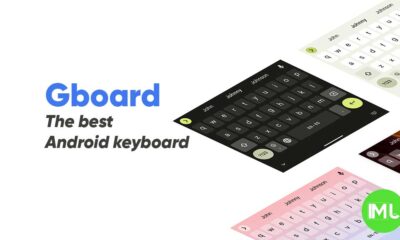
 Apps1 year ago
Apps1 year agoGboard Proofread feature will support selected text
-

 News1 year ago
News1 year agoSamsung USA crafting One UI 6.1.1
-

 News1 year ago
News1 year agoBreaking: Samsung Galaxy S22 may get Galaxy AI features
-
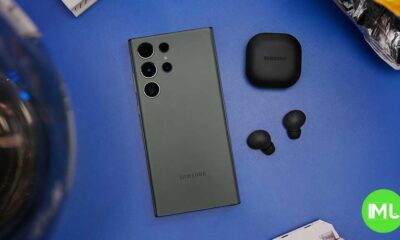
 News1 year ago
News1 year agoSamsung Galaxy S23 Ultra with One UI 6.1 and all S24 AI features revealed
-

 News1 year ago
News1 year agoOne UI 6.1 Auracast (Bluetooth LE Audio) feature coming to many Samsung phones
-

 News1 year ago
News1 year agoSatellite SOS feature coming to Google Pixel phones, evidence leaked
-
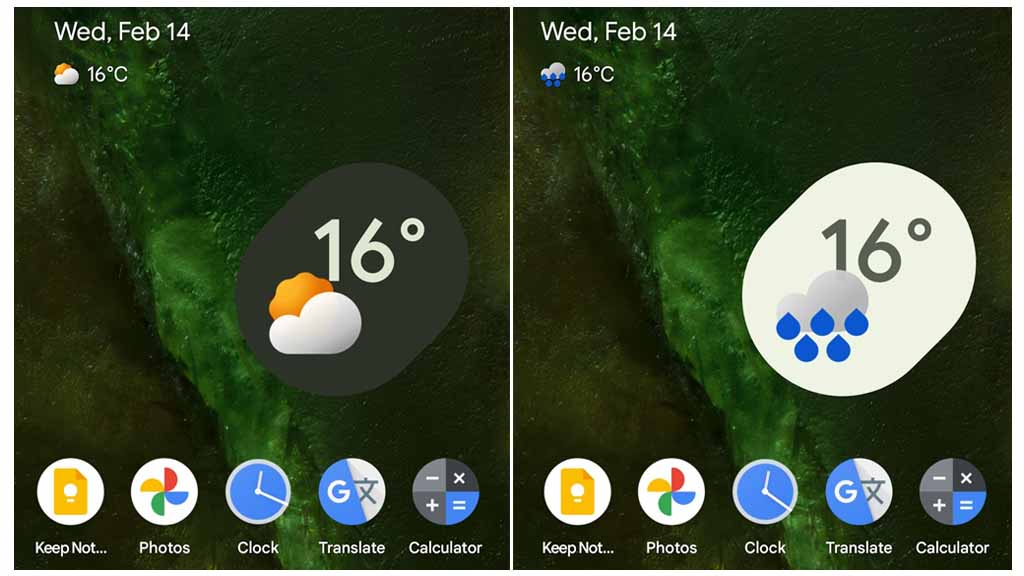
 Apps11 months ago
Apps11 months agoGoogle’s fancy new Weather app is finally available for more Android phones
-
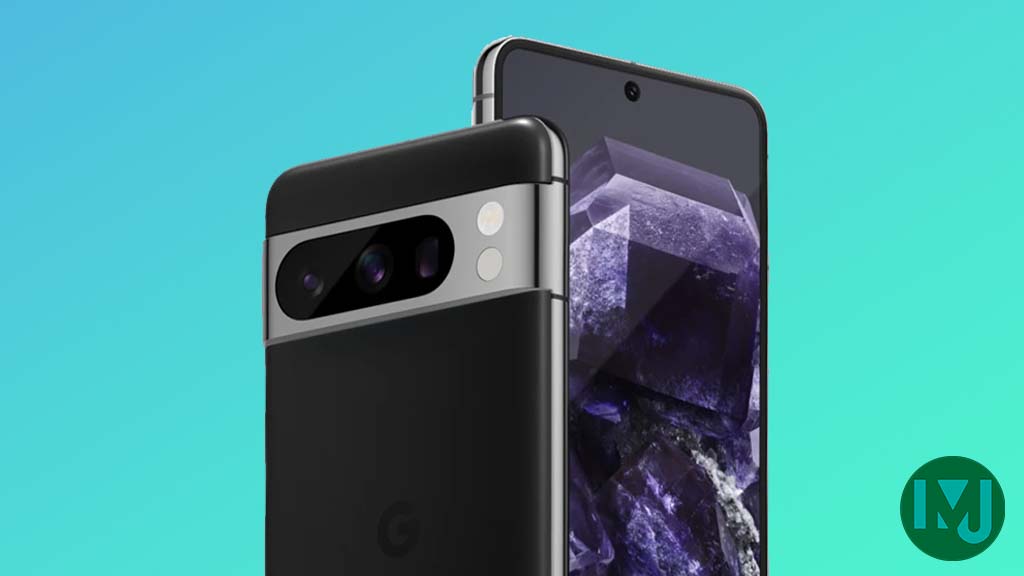
 News1 year ago
News1 year agoGoogle Pixel evolves as Europe’s third best selling flagship






